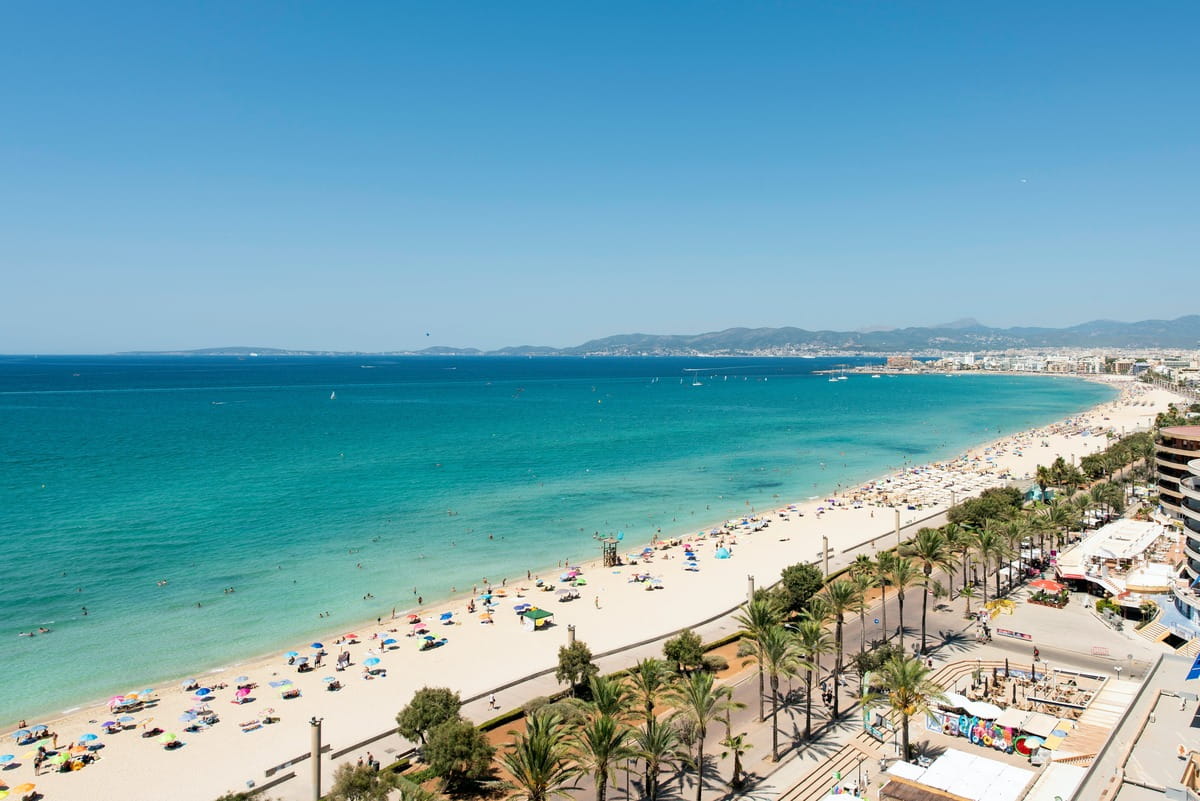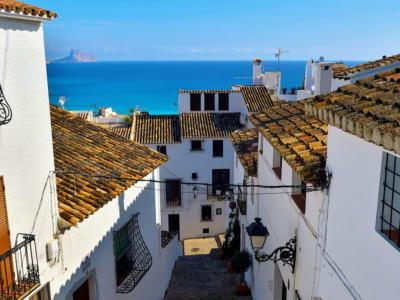6 min read
If you move to Spain, you will need to register on the padrón and have a NIE, and will need to apply for residence. You will also need a NIE if you work or buy a property in Spain, even if you do not plan to move there permanently. You might be confused about the difference between these documents, so we will explain about them in this article.

What is the padrón?
The padrón is the census in your town. It is a register of who lives there, and helps local councils plan public services. Each town receives a set amount of money from the national government per resident, so it is important that everyone living there is on the register. This money pays for the police, fire brigade, schools, and other important services.
You must be registered on the padrón when you move to any town in Spain. Doing so also gives you advantages, as you can only access some services if you are on the padrón. These include registering with a primary care doctor, and being able to get prescription medicine and hospital treatment. You need to be on the padrón to enrol your children in school, to pay local taxes, or use the social services. Some towns offer discounts for pensioners, large families, or people on low incomes; to access these, you must be on the padrón.
You can find out about the process of registering on the padrón in our article What is the Padrón and how to register on it.
Certificado de Empadronamiento
Sometimes you might need proof of being on the padrón. This can include opening a bank account, buying or renting a property, buying a car, or obtaining finance. If this is the case, you should ask your town hall for a Certificado de Empadronamiento ('Certificate of Census Registration').
A Certificado de Empadronamiento is only valid for three months, but you do not need to have an up-to-date certificate at all times. If yours has expired, you do not need to get a new one unless you have to show proof of where you live. Your Certificado de Empadronamiento may not automatically show how long you have lived in your town. If you need proof of this, you can ask your town hall to include it on the certificate.

People who have holiday homes in, or spend less than six months of the year in, their town do not register on the padrón there. If they live mainly in another part of Spain, they will be on the padrón there instead. When you move to another town, or if you leave Spain permanently, you must take your details off the padrón. You should ask your local council to do this.
The padrón is not the same as the electoral census. You must be on the padrón to be able to vote in local council or European Union elections, if you are eligible to do so. But you will also have to register on a separate electoral census if you wish to vote.
What is a NIE?
If you wish to buy a home in, or work in, Spain, you must acquire a Número de Identificación de Extranjeros ('Foreigners' Identification Number', or NIE). You will need this even if you do not plan to live in Spain. Your NIE is your personal and non-transferable identity (ID) number, and also your tax identification number if you are a taxpayer in Spain.

NIE numbers are issued on an A4-sized sheet of paper. They either come from your nearest National Police station if you are already in Spain, or from the Spanish Consulate in your country of origin if you are not. NIEs comprise seven numbers with a letter at the end, and the letter 'X' or 'Y' at the beginning. This 'X' or 'Y' serves to show you are not a Spanish national. Your NIE acts as a 'personal code', and stays the same all your life.
You may need to supply your NIE number when completing forms, signing for registered mail, or if requested by officials. Although having a NIE is essential for anyone applying to become resident in Spain, a NIE is not, in itself, proof of residence. You can find out how to obtain a NIE in our article What is a NIE, why do I need one, and how do I get one?
What is Residencia, and who needs it?
Residencia means 'residence'. It refers to 'being resident' in Spain, and also refers to a 'residence permit'. You are automatically considered to be 'resident' in Spain if you live there for more than 183 days a year. You will also be required to declare your income tax in Spain. This is known as being 'tax resident'.
A person who holds citizenship of a European Union (EU) country must apply for a residence certificate which shows they are registered as living in Spain. This is a green paper document, either A4-sized or credit-card sized. It does not contain a photograph, and cannot be used as formal identification (ID). The certificate shows the date your application was accepted. After five years from this date, you are considered a 'permanent resident', but do not have to take any action to confirm this.

If you are asked to show your ID, your green residence certificate will be required, but you will also need to show a document with a photograph. This means you will normally need to carry your passport with you, as well as your residence certificate. To find out what to do to, you may wish to read our article How to obtain residency in Spain.
What is a TIE, and who needs it?
If you live in Spain and are not a citizen of an EU country, you will need to apply for a different type of residence document. This is known as a Tarjeta de Identidad de Extranjeros ('Foreigners' Identity Card', or TIE).
Your TIE will have your NIE number, name, date of birth, and nationality on it. You can use it as formal ID, as it also has a passport-sized photograph of you on it.
If you are travelling home to Spain from abroad, you will need to show your TIE at passport control. Residents in Spain, and visiting EU citizens, do not need to have their passports stamped, so a TIE will prove to border officials that you live in Spain permanently.
For some foreign residents, a TIE has an expiry date, meaning you must renew it before then. If you do not renew it in time, you will no longer be considered legally resident in Spain.

Once you have held a TIE for five years, you are considered a permanent legal resident in Spain. You may still have to renew your TIE regularly to ensure the photograph is up to date. If this is the case, the TIE will clearly show an expiry date. Failing to renew it is against the law, but will not mean you are living illegally in Spain.
To find out more, you might wish to read our article How to apply for a TIE.
For additional information on documents you need for moving to Spain, you might like to read our article What documents do I need before moving to Spain?
Information for British residents
British nationals who lived in Spain before the UK left the EU (Brexit) will have been given a green residence certificate. If you are British, you may, if you wish, exchange your green certificate for a TIE. Your TIE may need to be renewed to keep the photograph up to date, but you are automatically considered a permanent legal resident once you have had either a green certificate, a TIE, or a combination of these, for five years.
British nationals living in Spain prior to the year 2021 are not obliged to exchange their green residence certificate for a TIE, unless they want to. If you do wish to exchange yours, the process involves a simple swap – you do not need to prove your income or status.
New British residents who moved to Spain from 2021 onwards are subject to the same immigration rules as other non-EU citizens, meaning they must prove a minimum level of income and show they have healthcare insurance. You can find out more by reading our article How has Brexit affected moving to Spain?
Was this article useful?
The information contained in this article is for general information and guidance only. Our articles aim to enrich your understanding of the Spanish property market, not to provide professional legal, tax or financial advice. For specialised guidance, it is wise to consult with professional advisers. While we strive for accuracy, thinkSPAIN cannot guarantee that the information we supply is either complete or fully up to date. Decisions based on our articles are made at your discretion. thinkSPAIN assumes no liability for any actions taken, errors or omissions.
Related Topics




